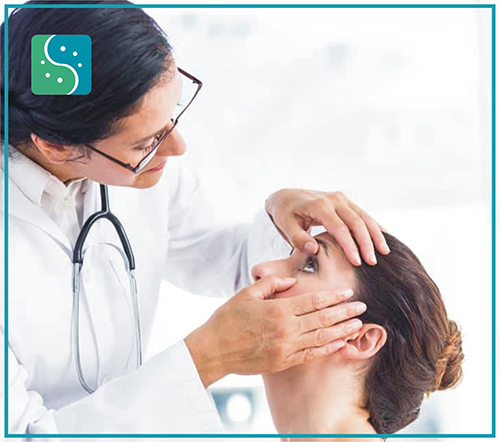A stye is a lump on the eyelid caused by a bacterial infection. Certain medical conditions, such as diabetes and rosacea, and practices like rubbing your eye can increase the chances of getting one.
Stye is painful initially but more important, Stye in the eye is a distracting sight for an onlooker which makes you feel very conscious and awkward.
There are number of Homoeopathic medicines which are helpful in giving relief in this disease condition. Selected according to the symptoms and also the side affection (right/left, upper eyelid/lower eyelid) and patient’s characteristic symptoms, the homoeopathic remedy, not only help in dissolving the Stye in an acute condition but eradicate the tendency to have a Stye again.
A stye is a bacterial infection involving one or more of the small glands near the base of your eyelashes. It is similar to a boil or a pimple and is often painful.
A stye forms when a tiny oil-producing gland in your eyelash follicle or eyelid skin becomes blocked and gets infected. The medical term for a stye is a hordeolum.
There are two types of styes.
A stye is caused by a bacterial infection in your eyelid’s oil-producing glands. The oil-producing glands line the eyelids and help lubricate the surface of the eye.
Signs and symptoms of a stye include:
You are at increased risk of a stye if you:

Your doctor will usually diagnose a stye just by looking at your eyelid.
To feel better faster and reduce pain and swelling, you can use a self-care plan to ease your symptoms of a stye at home. Here are some dos and don’ts to manage your stye at home.
The best way to prevent a stye is to practice good facial hygiene, including:
A stye usually lasts one to two weeks.
Styes aren’t considered contagious. You can go to work or send your child to school when you have a stye.
Though they can be painful, most styes aren’t a cause for concern. Having a stye is usually manageable with good eyelid hygiene and homoeopathic medicines which not only treat the acute condition but also treat its recurrence. Neither you nor your child need to miss school or work while waiting for a stye to heal.